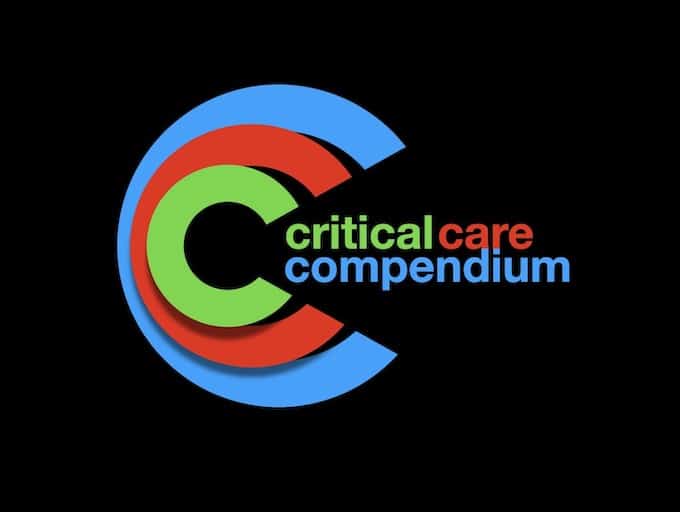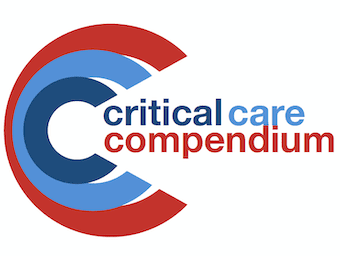
Palmar erythema DDx
Palmar erythema is a non-specific finding characterised by a redness of the palmar skin.
The LITFL Critical Care Compendium is a comprehensive collection of pages concisely covering the core topics and controversies of critical care.

Palmar erythema is a non-specific finding characterised by a redness of the palmar skin.

Obstruction of the superior vena cava results from mediastinal mass lesions. Features include a plethoric and cyanosed face with periorbital oedema, exophthalmos, conjunctival injection, and venous dilatation in the fundi, distended non-pulsatile neck veins and a positive Pemberton sign.

Shoulder pain radiating down the arm can be a diagnostic dilemma, with causes arising from multiple visceral and musculoskeletal structures.

Clubbing is an abnormality of the fingertips with following features: beaked nails; loss of angle between nail bed and finger; increased AP width of finger tip; sponginess of proximal nail bed

Ventricular fibrillation and (pulseless) ventricular tachycardia mandate immediate CPR, advanced life support and correction of underlying causes.

Tachycardia refers to heart rate >100/min in an adult. Tachycardias are classified as regular or irregular, narrow complex or wide complex. The underlying causes of tachycardia are legion

SVTs are supraventricular tachycardias, that can be either atrial tachydysrhythmias (such as atrial fibrillation) or atrioventricular tachydysrhythmias. This document concerns the latter.

Pulseless electrical activity mandates immediate CPR and correction of underlying causes.

The approach to non-traumatic chest pain requires the early recognition and exclusion of potential life threats, then further consideration of other causes.

Bradycardia differential diagnosis. Bradycardia refers to heart rate <60/min in an adult; Bradycardias are classified as regular or irregular, narrow complex or wide complex; The underlying causes of bradycardia are legion

In emergency medicine and critical care, the cardiac failure that primarily concerns us is acute heart failure syndrome (AHFS), which refers to rapid worsening of heart failure signs and symptoms, and has many possible causes.

Prognosis After Cardiac Arrest incolves: the underlying cause of cardiac arrest (e.g. overdose vs dilated cardiomyopathy); presence of co-morbidities (e.g. metastatic cancer, dementia); use of targeted temperature management (therapeutic hypothermia); features of the the cardiac arrest and cardiovascular and neurological assessment